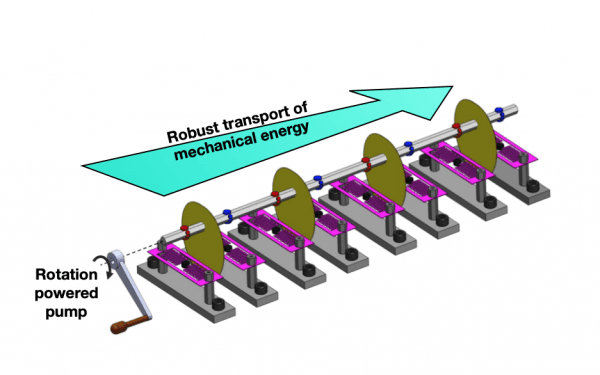Most technologies today rely on devices that transport energy in the form of light, radio, or mechanical waves.
Most technologies today rely on devices that transport energy in the form of light, radio, or mechanical waves. However, these wave-guiding channels are susceptible to disorder and damage, either in manufacturing or after they are deployed in harsh environments.
Researchers from the University of Illinois at Urbana-Champaign’s Grainger College of Engineering have experimentally demonstrated a new way to transport energy even through wave-guides that are defective, and even if the disorder is a transient phenomenon in time. This work could lead to much more robust devices that continue to operate in spite of damage.
Gaurav Bahl, associate professor in mechanical science and engineering, and Taylor Hughes, physics professor, published their findings in Nature Communications. This important work was led by postdoctoral researcher Inbar Grinberg, also in mechanical science and engineering.
Their article, “Robust temporal pumping in a magneto-mechanical topological insulator,” details the demonstration of a topological pump, a system that produces on-demand, robust transport of mechanical energy when it is periodically driven in time. The researchers built the topological pump using a one-dimensional magneto-mechanical artificial material, composed of springs, masses, and magnets.
Read more at University Of Illinois Grainger College Of Engineering
Image Credit: University Of Illinois Grainger College Of Engineering




